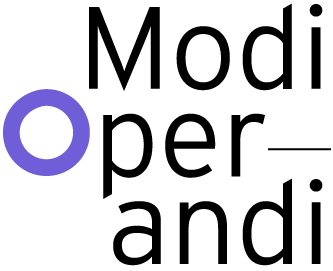LANGUAGE AS CONSTRUCTION:
A PRISON IN THE HEART OF THE CITY
Contrary to what has been theorised in recent decades, the political role of architecture in the construction of the city and the architect’s commitment should not be understood as a criticism of language, but as a criticism of reality through architecture’s own specific language. The difference is substantial. A criticism of language is aimed at architectural form as a self-enclosed system of signs, such as in the historicist revival of post-modern architecture or in the aesthetics of deconstruction, whereas a criticism of reality penetrates the dense and magma-like depths of reality from within the language of architecture itself. Through this change of perspective, architectural form is never the ultimate goal of criticism, rather it is one if its tools.
The project for a prison in the heart of the city is without a doubt a political action. Yet its political value only partially depends on the building’s specific programme; namely, the decision to use a vacant space in the centre of London’s business district for the construction of a prison. The critical and political dimension of this building is strictly connected to its formal structure: a regular volumetric composition of full and empty spaces, which declares its own alterity with respect to the surrounding context, and reinterprets the space of reclusion as an area exposed to the city but also one that allows the city to be observed from within.
‘Void and repetition’ have been adopted as key elements in the construction of the architectural language of this building. The systematic and serial use of the ‘empty interval’ breaks the object’s integrity as a ‘shell’, enabling a three-dimensional visual frame to emerge, formed by minimal compositional units. The cells, piled to form vertical blades, also constitute the weight-bearing structure of the building. The regular alternation of empty and full spaces transforms the space of reclusion, which is usually strongly secluded, into a space permeable to sight. Thus, the building establishes an unconventional and ambiguous dialogue with the urban context: it maintains its own institutional status of enclave, while the city, directly visible from within, becomes a concrete presence in the prison.
As with serial music, the rhythm created by the ‘breaks’ between the vertical blades alludes to an investigation into the economy of form. Yet, similarly to what can be said about minimalist art, this economy is not synonymous with simplicity of form, but with the ability to articulate a complex programme and a great variety of spatial situations, starting with few ‘materials’ and a few essential moves. The interval is functional in the construction of ‘difference and repetition’,[6] which assume the task of organising the internal complexity of the prison space without relinquishing an image of the whole. The three-dimensional texture is constructed by superimposing different spatial sequences in which serial elements alternate with cross cuts: large spaces dug into the building mass for the collective activities of the prison. Therefore, the prison space does not represent the alienation of subjectivity. On the contrary, it is a spatial device centred on the individual who experiences it, who encounters different situations in a continuous sensory dialogue with the city.
And finally, it is not by chance that in the presentation of the work more emphasis was placed on the design process than on the final outcome, a process which, through its unfolding, identifies its own specific formal logic, and contrasts with the intellectualistic application of a pre-existing expressive code. Recognising the ongoing instability of the form[7] – opening the language to the field of experience, well away from the closed circle of representation¬ – is implicit in the empiricism of the procedure.
In light of this project, and drawing on the recent discussion of the linguistic analogy in architecture,[8] we can assert that if a similarity exists, it is not between language and the constructed work, but between ‘making’ architecture and the construction of language. The analogy is therefore not based on a semiological interpretation of architecture; i.e., on what architecture says, represents or signifies, but on the manner in which it organises its actual materials through formal structures. From this point of view, the expressive substance of architecture, or rather, the materials and elements that architecture organises in space, do not constitute a conventional code as in language, rather they define themselves only a posteriori through a direct confrontation with reality, through the concreteness of the work or the project.
